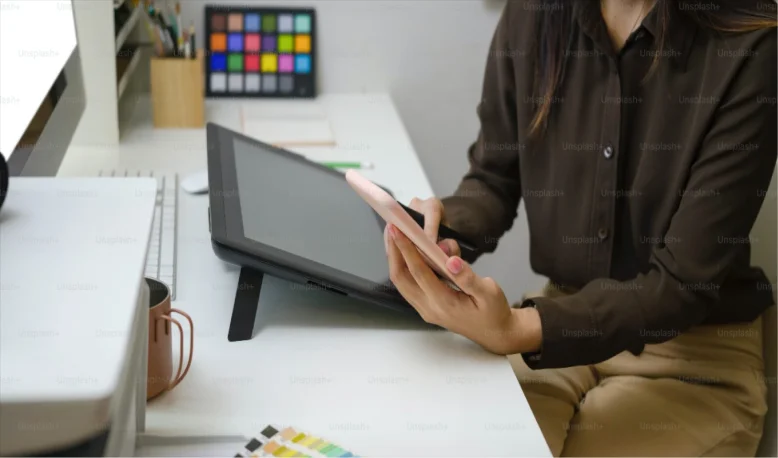Create an Automatic Receipt Template in Minutes!
Learn How to Do It with Zintego!
Receipts are some of the most common documents that you need to generate if you are a vendor. Whenever a transaction is taking place between two parties, a receipt needs to be issued to document the respective exchange of money. So, it's clear that when you run a business, irrespective of its dimension and the type of services rendered, you will issue receipts at one point. Thus, you will have proof of payment and can keep track of your expenses. How would you feel if you knew that you can take advantage of an automatic receipt template that can help you create professional-looking receipts quickly and easily? It's more than possible with the Zintego software that offers different types of customizable receipt templates. To add more, using a receipt template from Zintego is highly beneficial and can help your business grow.

Here’s what we’ll cover
What is a Receipt Template? Benefits of Using a Receipt Template- 1. Saves Time and Effort
- 2. Increased Accuracy
- 3. Helps Build a Professional Image
- 4. Organizes Your Records
- 5. Fully Customizable
What is a Receipt Template?
Before you start generating a receipt template, it's important to understand what it is and its function. This is a pre-designed document that contains all the necessary information to document your transaction. It typically includes fields that you can easily customize to add the date, the total amount, the preferred payment method, and other relevant details. In addition, you can personalize the template to match your brand. For example, you can include your business logo, address, and other information. Once the template is set up, you can easily fill in the specific details related to each transaction and print the receipt.
Benefits of Using a Receipt Template
Now that you know what an invoice template is, it's important to understand how it can help your business grow. Below, you can find a list of the main advantages of using a receipt template:
1. Saves Time and Effort
Using a receipt template can save you both time and money. Instead of creating a new receipt from scratch for each new client and transaction, you can immediately fill in the necessary details on the template. This saves time and allows you to focus on other aspects of your business.
2. Increased Accuracy
Receipt templates definitely contribute to increased accuracy. The template includes all the necessary fields, personalized according to your agreement with the client. Like this, you don't have to worry about leaving out important information. This can help you avoid errors and prevent disputes with customers.
3. Helps Build a Professional Image
A well-designed receipt template can give your business a professional appearance. Customers may be more likely to trust a business that provides a professional-looking receipt instead of those who send receipts with errors and need to redo them. So, customizing the template with your logo and other branding elements can also help reinforce your relationships with clients.
4. Organizes Your Records
Receipt templates can help you keep your records organized and track your expenses. This can be especially helpful during tax season or whenever you need to analyze your business's finances. With Zintego, you have access to different types of reports that will tell you how well your business is doing.
5. Fully Customizable
Receipt templates generated by the Zintego software are fully customizable. Therefore, you can tailor them in compliance with your business needs. For example, you can add or remove fields as well as change the layout. This function allows you to create a unique receipt that reflects your brand's personality.
Conclusion
Receipt templates generated by the Zintego software are fully customizable. Therefore, you can tailor them in compliance with your business needs. For example, you can add or remove fields as well as change the layout. This function allows you to create a unique receipt that reflects your brand's personality.
